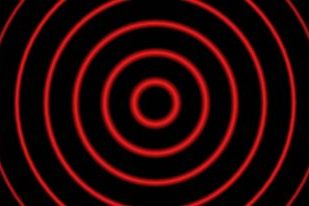Pulsed radiofrequency neuromodulation (
pRFN is a temporary procedure lasting anywhere from 3 to 12 months but it can be repeated and often the benefit increase each time it is repeated.
How is pRFN performed?
The procedure is performed at the Helmcken Pain Clinic under fluoroscopic (x-ray) or ultrasound guidance. The correct location will be identified using x-ray or ultrasound and by stimulating the nerve with very low intensity electricity. You will feel a buzzing sensation in the area the nerve travels to during the stimulation test. Make sure to tell the doctor if you do feel pain during the procedure so extra local anesthetic can be added. Sedation is rarely required but if you have severe needle phobia you may want to discuss having an oral sedative prescribed.
What will I feel afterward?
Depending on where the injection was performed you may feel nothing at all, a bit numb or some mild discomfort. When the local anesthetic wears off you will feel increased discomfort that may last for up to a week. You can apply ice packs (20 minutes on and 20 minutes off) and take Tylenol or Advil. Sometimes a stronger painkiller will be prescribed. You can perform exercise and other physical activity as tolerated. Depending on your occupation you may need a few days off work. Please discuss this with your doctor prior to the procedure. You can resume driving when you feel ready. If a sedative is used you will need a responsible adult to drive you to and from the appointment and to stay with you for 24 hours after the procedure
What are the risks?
Risks associated with any injection include: infection at the site of the injection, increased inflammation and pain at the site of the injection, bleeding and/or bruising, injury to blood vessels or nerves, and allergic reaction to the local anesthetic or other medications used during the procedure. There may be other specific risks depending on the location of the injection.
Negative side effects of pRFN include temporary aggravation of pain and (rarely) temporary muscle weakness if used on a major motor nerve or nerve root.
Can pRFN cure me?
No, neurolysis is designed to take away some of or all your pain but does not cure the underlying process. Unfortunately, when it comes to arthritis and nerve injuries nothing will cure or reverse the underlying problem. Pain on the other hand may go away in time.
Will the absence of sensation cause me to injure the area more?
Generally speaking no. pRFN takes away chronic pain but does not usually affect other sensations. You will still feel sharp pain from injuries. If you have weakness after pRFN there is a chance you could catch your foot on the ground causing you to trip. It is very important to tell the physician if you think you have weakness after any procedure.

